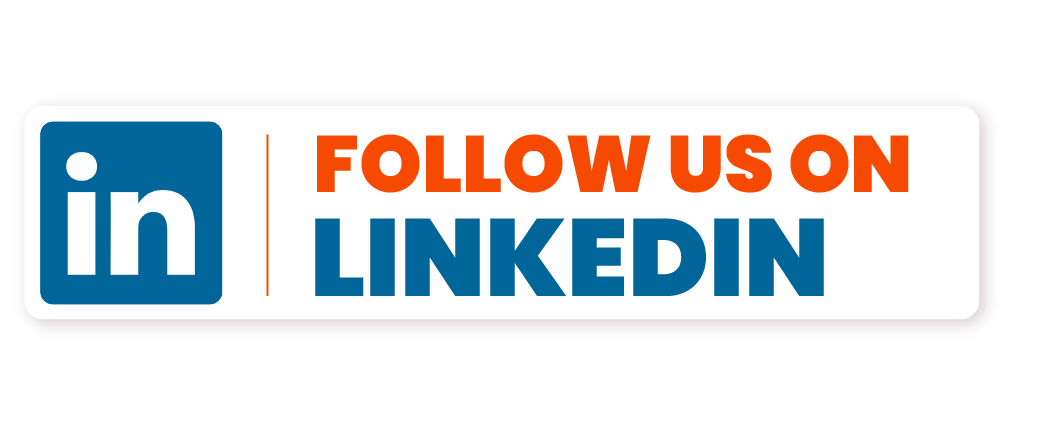We all know the importance of a table of contents in a document, but did you ever give it a thought as to why would it be important to add it to your portfolio?
What advantages can you derive from a portfolio table of contents while confronting your interviewer or client?
These are some common questions that might hit you. But trust us, your future self will thank you for having that portfolio table of contents!
The table of contents is the most crucial part of the portfolio. And it provides an overview of all the important sections of your portfolio. Think of it as the blueprint for your portfolio.
It is like having a catalog of your achievements and works. It provides an idea of what to expect from you and your abilities.
Having a well-crafted portfolio table of contents can make all the difference in standing out from the crowd, whether you're a student, a professional, or just starting out in your career.
So let's get started, shall we?
What is a table of contents in a portfolio?
A portfolio table of contents is a structured outline included at the beginning of the portfolio. It is the most crucial part of the portfolio, which provides an overview of you and your professional career.
A good portfolio table of contents will provide employers with a quick summary of the relevant sections of your portfolio.
Benefits of having a portfolio table of contents
Do you remember keeping an index in your notebooks? It was a relief to have an overview of your notes so quickly, wasn't it?
Your portfolio table of contents will also act as an index guiding your interviewer or client to the information he wants. While there are many benefits of having a portfolio table of contents, some of them are the following:

-
Better Organization: Having a table of contents in your portfolio will help you organize it into navigable sections, making it easier for your viewers to quickly find what they're looking for.
-
More Clarity: A table of content present your portfolio in a clear and organized manner. It helps you organize your thoughts and ideas as you create your portfolio.
-
Improved Efficiency: With the table of contents, you can navigate your portfolio and find what you need. It saves you time and allows you to make changes quickly to showcase your best work.
-
Indicates better Professionalism: By adding the table of contents to your portfolio, you will stand out from the crowd. This will make you look more professional. A small detail like this can significantly affect how your portfolio is perceived.
-
Better decision-making: Having a table of contents helps you understand your portfolio's overall composition and identify any potential weaknesses or areas for improvement.
Include page numbers in your table of contents if you decide to number your portfolio pages.
What to include in a portfolio table of contents
A table of contents in your portfolio is an essential tool for organizing and tracking your work samples, achievements, and professional development — a navigation pane to your professional life.
With the right information in your table of contents, you will be able to grasp the attention of prospective employers, administrators, or clients to the right resources for a well-rounded picture of your work experience.
So, are you ready to craft the best table of contents for your portfolio?
Let's get started!
1. Biographical Information

This section will concisely summarize your life and career — a short and sweet introduction to who you are and what you have accomplished.
You don't have to divulge everything, but it is essential to include key information about yourself and your work experience.
This section will make room for a human connection with the interviewer and give a quick peek at your personality.
Rather than simply listing your factual information, try to cook it up in a story.
2. Mission statement

The mission statement will briefly explain your vision and career goals. It's an excellent way to let the interviewer know your aspirations and ambitions.
Write it in the form of short-term goals and long-term goals.
-
Short-term goals: These are the goals that will explain what you plan to achieve in the next one or two years.
-
Long-term goals: These are the goals that will explain what you plan to achieve in the next five to ten years.
Apart from those mentioned above, your mission statement should also shed light on the following questions:
- How would you describe your job?
- How do you think your profession contributes to society?
- What abilities do you possess that contribute to your success in your job?
- What sets you apart from other people in related fields?
3. Resume

Even though you may have already submitted your resume with your application, it is advisable to include it in your portfolio. It will act as a quick summary of your professional and academic background.
These details are typically found on resumes:
-
Contact information: Include the name, address, phone number, email address, and social media links (especially LinkedIn).
-
Career goals and objectives: Tell the employer your goals in one to two sentences.
-
Work experience: Include the name of the company, your job title, your job description, and years of associated employment.
-
Education: Include the name of the school/college, degree, and GPA.
-
Skills and achievements: Use a bulleted list to include your skills and achievements. Don't just fill the list with useless skills; highlight the ones relevant to the job.
4. Skills and experiences

It is possible to fly without motors, but not without knowledge and skill.
— Wilbur Wright
Despite how skilled you may be, if you cannot showcase your skills and abilities, there is little chance of being hired.
So, use this section to describe the skills and abilities you have gained through your numerous experiences. Lean on your job title and the duties to prop up your expertise!
List your experience in reverse chronological order, starting with your most recent one.
As you apply for a job, you should highlight the most relevant experience and important skills relevant to that position; the more fitting, the better.
If you are applying for a job in sales, highlighting your cooking skills won’t cut the chase. You should highlight skills like relationship building, effective communication, negotiation, etc.
5. Sample of work

Samples are the key ingredients of a successful portfolio. They demonstrate your past accomplishments and prove your credibility — all those skills are no bluff!
Now is the chance to impress your interviewer or client with your masterpieces. Whether you are a writer, a graphic designer, or someone in the project management field, your sample will speak volumes about your range of abilities and skills.
Keep updating your portfolio; replace old/irrelevant projects with new ones.
Furthermore, for every field, the samples will be in a different form:
- Writers will use text samples
- Designers will use creatives and illustrations
- Videos by videographers
To select the best samples, you can take the help of your mentor, friends, or family.
6. Education and Certificates

Your education and certifications are the cornerstones of your career. They provide a snapshot of your knowledge and skills. So, adding this to your portfolio will add to your credibility.
Furthermore, your qualifications will also highlight the topics you are familiar with.
Educational information can also demonstrate a person's commitment to learning, which is a key factor in getting a job.
7. Awards and accomplishments

What accolades have you collected along your professional journey that you'd like to brag about?
Your portfolio is the right place to mark those shiny accomplishments. Don't hold back in sharing the details of any of your accomplishments — your scholarships to the best performer of the month. For anything that fits in, make sure you include it.
If you have any certificates for the awards, include a photo or a screenshot of the certificate.
Go a notch higher by underscoring the impact of your work that bagged you those awards and honors.
Below is a list of accomplishments you can refer to:
- Promotions in your career
- Cost savings for the company
- Procedures that you have created and executed
- Your activities that increased company revenue
- Concepts you presented to the team
8. Reference and testimonials

What can be better than a recommendation from a satisfied customer or client? Or even a recommendation from your senior, colleague, or peer? Right?
These positive comments are a stamp of approval for your experience and expertise in your career. They make it easier for your prospective employer to trust you with the job.
Include three to five references with their contact information so that prospective employers can contact them to confirm your qualifications.
Few portfolio table of contents templates to start with:
Template 1

Template 2

Template 3

Browse through our collection of blogs focussing on various portfolios:
Key takeaways
A portfolio table of contents is like a map for your professional journey, leading you toward success and growth. By providing a clear and organized overview of your achievements, skills, and goals, you'll be able to showcase your unique value to potential employers and navigate the job market with confidence.
You can include a wide range of information in your portfolio table of contents based on the role you are applying for. But, it is advisable to include the biographical information, mission statement, resume, skills and experiences, work samples, education and certifications, awards and accomplishments, and reference and testimonials in your table of contents.
So, whether you're looking for your next career adventure or simply seeking to showcase your expertise, a well-crafted portfolio table of contents is the key to unlocking your full potential and reaching your professional horizons.



